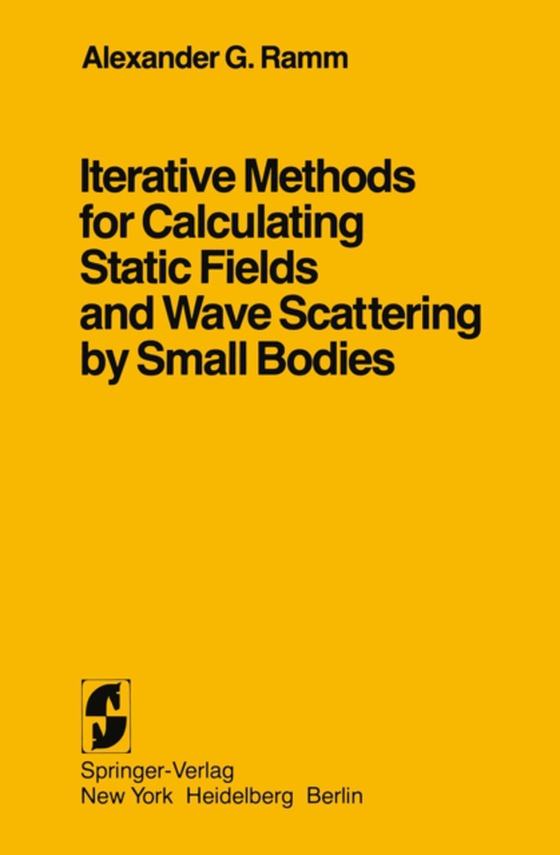
Iterative Methods for Calculating Static Fields and Wave Scattering by Small Bodies e-bog
436,85 DKK
(inkl. moms 546,06 DKK)
Iterative methods for calculating static fields are presented in this book. Static field boundary value problems are reduced to the boundary integral equations and these equations are solved by means of iterative processes. This is done for interior and exterior problems and for var- ious boundary conditions. Most problems treated are three-dimensional, because for two-dimensional problems the ...
E-bog
436,85 DKK
Forlag
Springer
Udgivet
6 december 2012
Genrer
PHDS
Sprog
English
Format
pdf
Beskyttelse
LCP
ISBN
9781461257158
Iterative methods for calculating static fields are presented in this book. Static field boundary value problems are reduced to the boundary integral equations and these equations are solved by means of iterative processes. This is done for interior and exterior problems and for var- ious boundary conditions. Most problems treated are three-dimensional, because for two-dimensional problems the specific and often powerful tool of conformal mapping is available. The iterative methods have some ad- vantages over grid methods and, to a certain extent, variational methods: (1) they give analytic approximate formulas for the field and for some functionals of the field of practical importance (such as capacitance and polarizability tensor), (2) the formulas for the functionals can be used in a computer program for calculating these functionals for bodies of arbitrary shape, (3) iterative methods are convenient for computers. From a practical point of view the above methods reduce to the cal- culation of multiple integrals. Of special interest is the case of inte- grands with weak singularities. Some of the central results of the book are some analytic approximate formulas for scattering matrices for small bodies of arbitrary shape. These formulas answer many practical questions such as how does the scattering depend on the shape of the body or on the boundary conditions, how does one calculate the effective field in a medium consisting of many small particles, and many other questions.
 Dansk
Dansk

